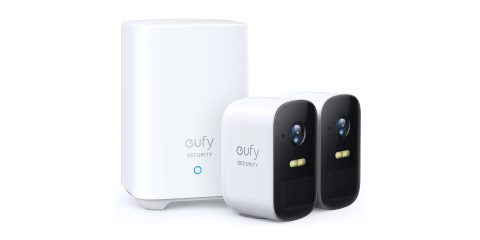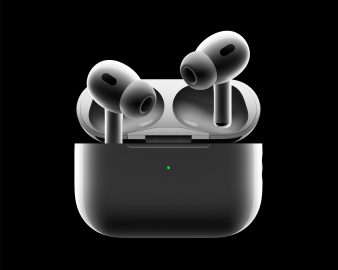
Even with high-quality devices like Apple’s Macs, it’s important to back up your information. No device works as expected all the time and there are many scenarios outside of device failure when a backup is crucial to have (upgrading, accidents, loss, or theft.) Follow along for how to back up your Mac.
‘Two is one and one is none’ is a good rhyme to help remember the importance of keeping multiple backups. Including the information on your device and your backups, you should have a minimum of 3 copies of your data.
I don’t think I’ve seen people more frustrated in life than when they go to restore their data from a backup and their only backup fails. If you have highly valuable data keeping one of your backups off-site (cloud service, bank box, or friend’s house) is best in case of fire, flood, other natural disasters, or theft.
How to back up your Mac
My guess is that a much higher percentage of people would save their information if they put an automatic backup solution in place first, so that’s what we’ll start with. You can manually save your information as well, but we’ll stick with automatic backups in this post as they’ll give you the most bang for your buck.
Back up your Mac with Time Machine
One of the easiest ways to set up automatic backups is with the Time Machine software that’s already built-in to your Mac. Once configured properly, your Mac will backup hourly for the past 24 hours, daily for the past month, and will save a weekly backup for all previous months to an external drive.
You can use almost any external hard drive, but it will need to be formatted for macOS if it didn’t come that way from the manufacturer.
If you don’t have an external hard drive, this 1TB (1,000GB) option by Seagate is great for $60. It’s plug and play ready, doesn’t need an external power source, and has a large enough capacity for most people (check how much storage you’re using by clicking in the top left → About This Mac → Storage). They also offer 2 and 4TB options.
A Time Machine backup can restore a computer with all of your information exactly how it was in the event of a lost, failed, or damaged Mac or when upgrading to a new Mac. It can also restore individual files.
Here’s how to set up automatic backups with Time Machine on your Mac with an external drive:
When you plug your external drive in for the first time, this dialog box will appear (external drives that don’t need a power source will power on automatically when plugged in, hard drives that use an external power source may have an on/off switch). Click Use as Backup Disk.
You’ll notice in the middle area of the Time Machine window that your backup will start automatically. The Back Up Automatically box will be checked by default.
You can also check the Show Time Machine in menu bar at the bottom of the Time Machine window to have quick access and control to Time Machines settings and info. You can choose to Back Up Now if you don’t want to wait for the next scheduled one.
You may also notice if you are using a MacBook that the automatic backup may not start until you plug in your power adapter.
Once your backup has started you’ll see the details of your backup and a time estimate (take the estimate with a BIG grain of salt. This backup estimated 14-19 minutes, but it ended up actually taking 2 hours).
When your backup is complete you’ll see it in the Time Machine window as well in the menu bar. If you ever need to get back to Time Machine preferences and don’t have the menu bar option turned on, you can find it by clicking → System Preferences → Time Machine.
Back up your Mac with a cloud service
Cloud backups for your Mac are usually a paid service. Crash Plan and Backblaze are two examples of reputable automatic cloud backup services for Mac. Both services have free trial options and costs starting at $5/month (there are other ways to do this, but they often become more complex).
One of the biggest benefits of these services is once you get them going you don’t have to worry about them at all. Also, if you experience any natural disasters or theft, all of your information is safe.
Whatever backup option(s) you choose, you can rest assured that your information is safe and retrievable (especially if you have multiple backups) in the event that something happens to your Mac. Be sure to check out our how to guide for more ways to get the most out of your Apple devices.
FTC: We use income earning auto affiliate links. More.








Comments